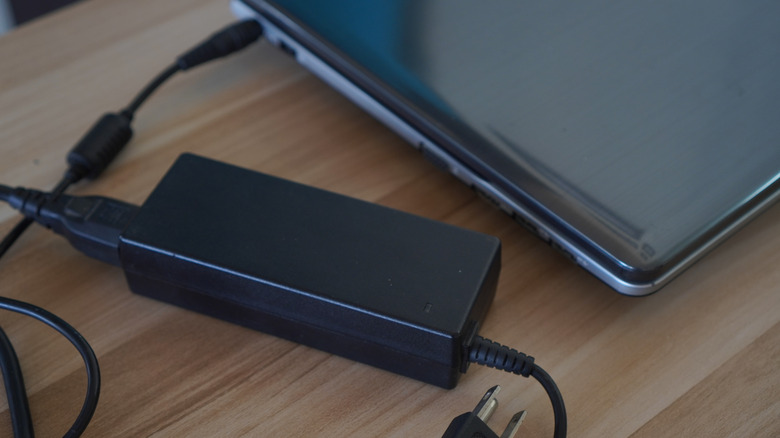Laptop Charger Died? Here’s How to Find a Safe, Compatible Replacement
When your laptop charger fails, knowing how to choose a replacement power supply is critical—not just for convenience, but for safety and device longevity. Here's what you need to know:

1. Identify the Correct Specifications
- Voltage (V): Must match the laptop’s requirement exactly. Deviating—even by ~5%—can damage your system.
- Current (A): The replacement should supply at least as much current as the original (e.g., a 5A charger can power a 3A laptop).
- Wattage (W): Calculated as V × A but will align if voltage and current specs match.
Tip: Check the label on your original charger, the underside of your laptop, or the user manual for these values.
2. Match the Connector
- Laptop power ports come in various shapes: barrel (coaxial), center-pin, rectangular, or increasingly USB-C.
- Even if barrel connectors look similar, their diameter and polarity must match precisely.
- Some brands—like Dell—use smart adapters with a center pin to identify proprietary chargers; third-party supplies may either work only for power (without battery charging) or trigger warning messages.
Tip: Measure plug size in millimeters or search by exact model number for correct tips.
3. OEM vs. Third‑Party Adapters
- OEM (Original Equipment Manufacturer): Most reliable choice—usually matches spec exactly.
- Third-party: Good alternatives when OEMs are unavailable, as long as they meet voltage, current, polarity, and connector specs.
Avoid low‑quality clones: cheap adapters may poorly regulate voltage, leading to noise, overheating, or damage.
4. Travel and Universal Adapters
- Universal adapters often include multiple tips, adjustable voltages, and global AC input (100–240 VAC).
- Ensure the adapter supports voltage regulation and has relevant safety certifications (CE, UL).
- With USB-C Power Delivery (PD) becoming standard, many newer laptops can be powered via compatible high-wattage USB-C chargers.
5. Safety & Certification
- Look for safety certifications like CE, UL, or equivalent.
- Prefer switch-mode power supplies (SMPS) for better efficiency, less heat, and cleaner output.
- Avoid unregulated adapters, which may over- or under-shoot output voltage under varying loads and potentially damage your laptop.
Quick Checklist
| Specification | Should Match | Notes |
|---|---|---|
| Voltage (V) | Exactly matches laptop | ±5% tolerance, max |
| Current (A) | Equal or higher | Never lower |
| Connector | Exact shape, size, polarity | Measure or reference tip spec |
| Certifications | CE, UL, etc. | Ensure safety and compliance |
| Power Delivery type | OEM, certified third-party, USB‑C PD | Consider cost and reliability |
Final Advice
- Always start with your laptop’s exact model or part number to find OEM replacements.
- If opting for a universal or third-party charger, double-check V/A specs, plug dimensions, polarity, and certifications.
- USB‑C PD is a versatile choice for newer systems but be cautious of wattage limits—make sure it matches your laptop’s needs.
- Don’t compromise on quality—good adapters protect your laptop, while cheap ones risk damage over time.
With the right care, your new power supply can feel just like the original—or even better.
PR
コメント
プロフィール
HN:
No Name Ninja
性別:
非公開
カテゴリー
最新記事
(06/27)
(06/27)
(06/27)
(06/27)
(06/26)
